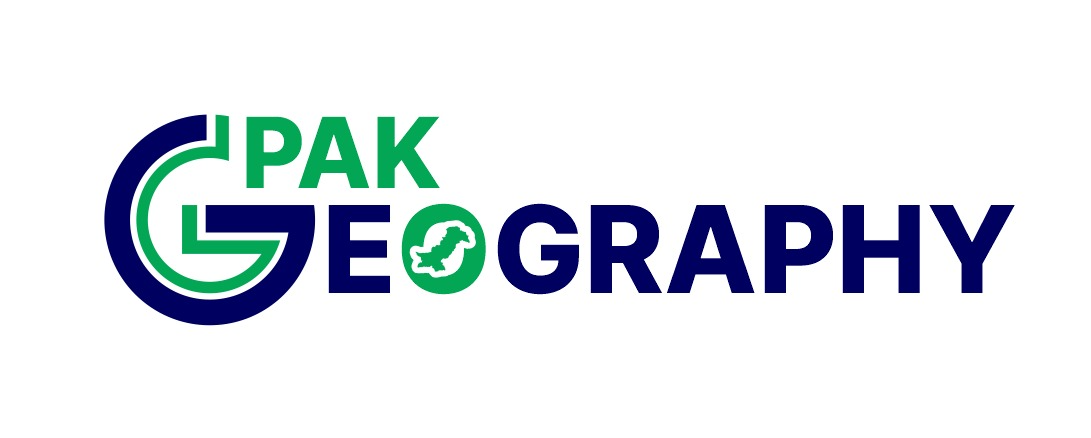Sahiwal is a city and district of Punjab Province of Pakistan. It has a rich historical legacy that reflects its cultural and agricultural importance. It is located on the Grand Trunk (GT) Road. This article explores the Sahiwal’s historical background, evolving demographics, and the structure of its administrative and electoral systems.
Sahiwal History
Sahiwal was originally called Gogera, named after a small village located on the left bank of the River Ravi. It became an officially administered region in 1849. With the arrival of the railway system, the district headquarters were moved in 1865 to the current location, which was then a modest settlement of the local “Sahi” tribespeople.1
Established in 1865 during British colonial rule, it was initially named Montgomery after Sir Robert Montgomery, the then lieutenant governor of Punjab.2 It was designated as a municipality in 1867 and later renamed Sahiwal in 1967. The district spans 3,201 square kilometers.3
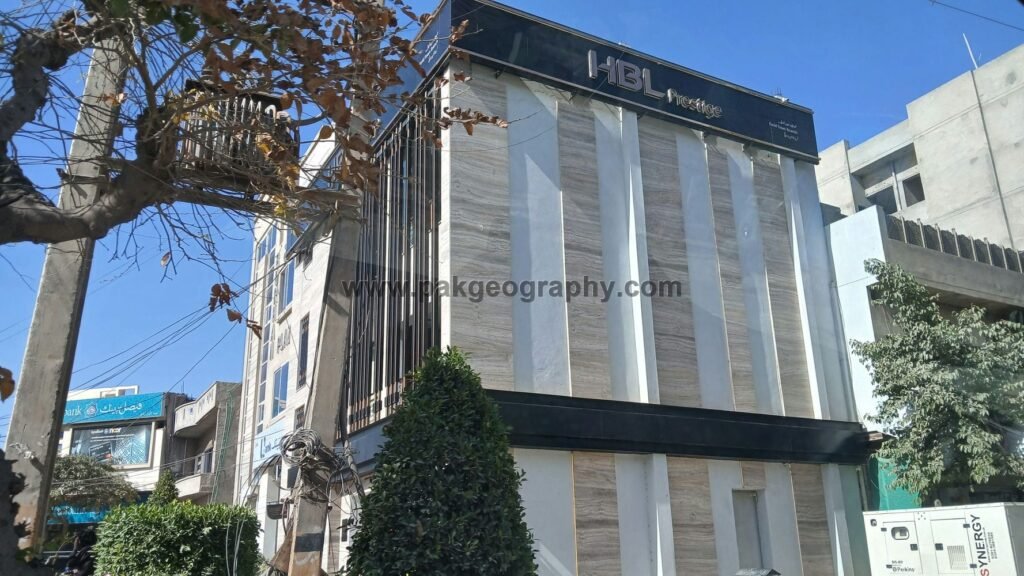
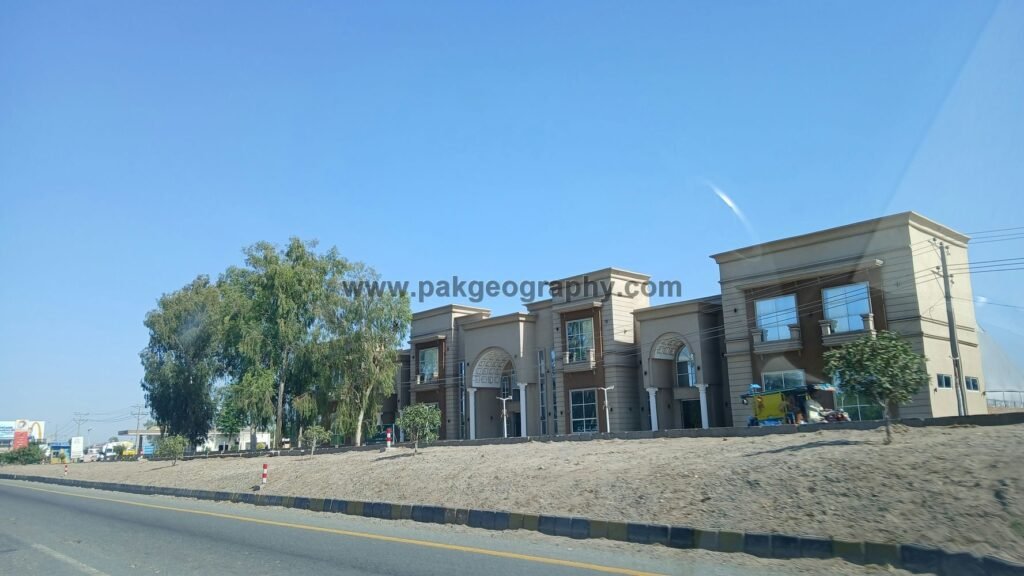

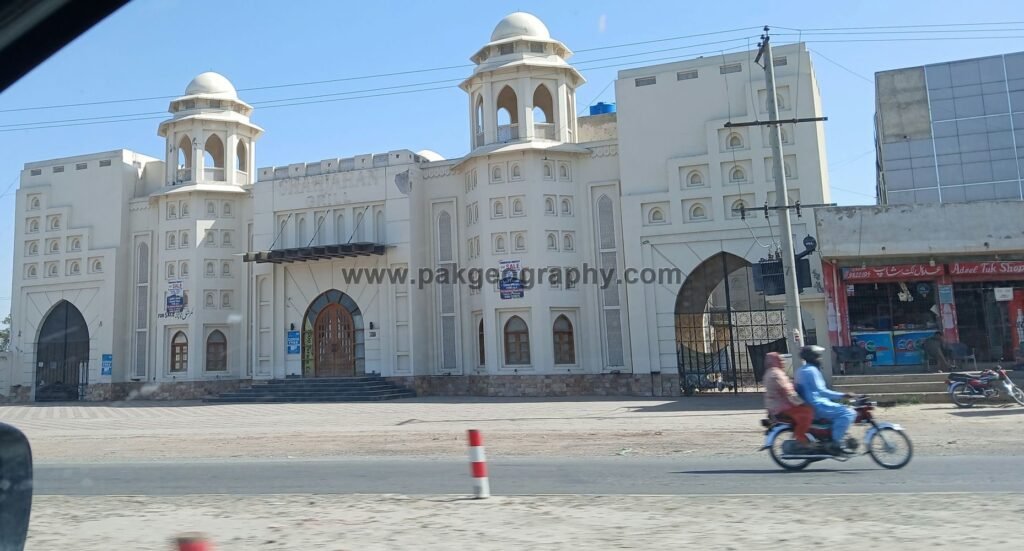


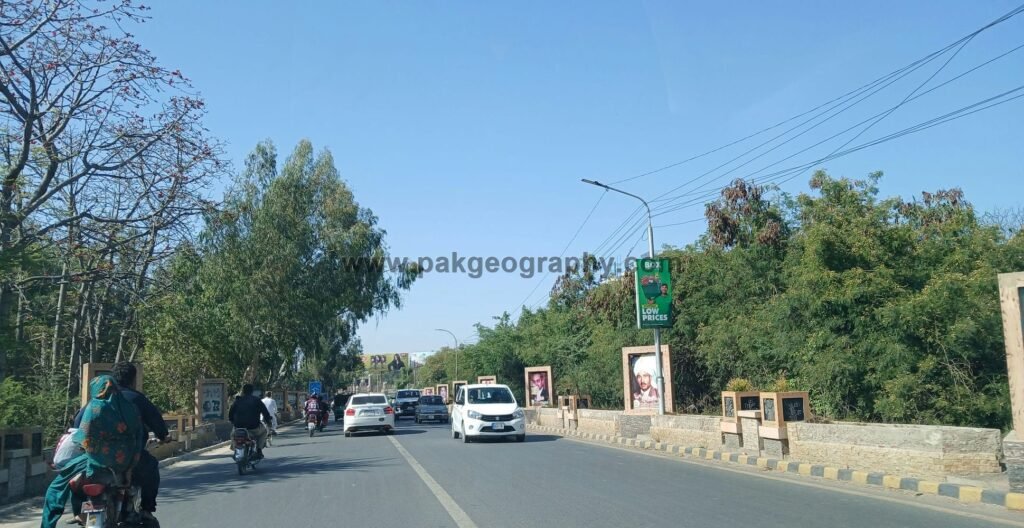

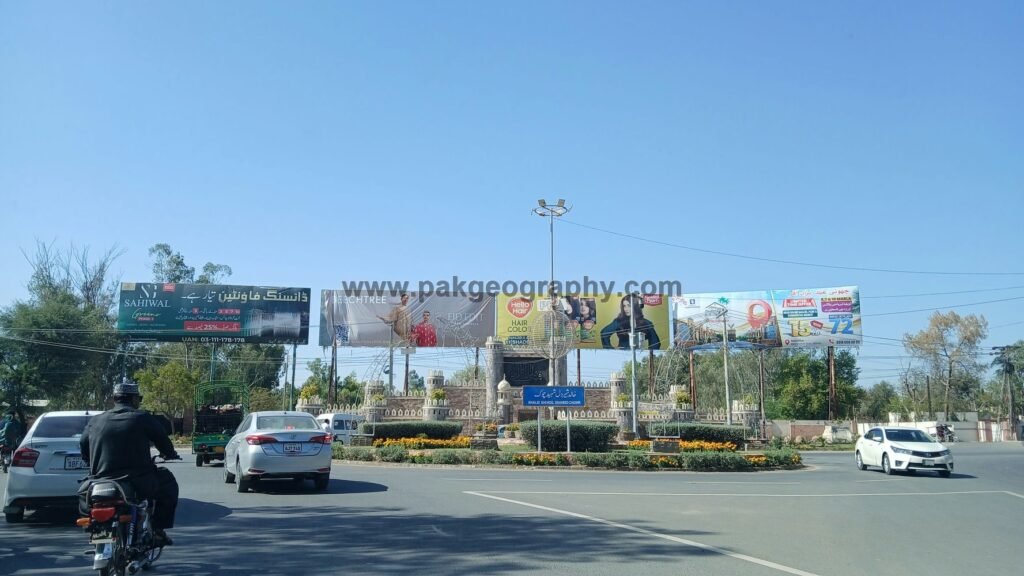




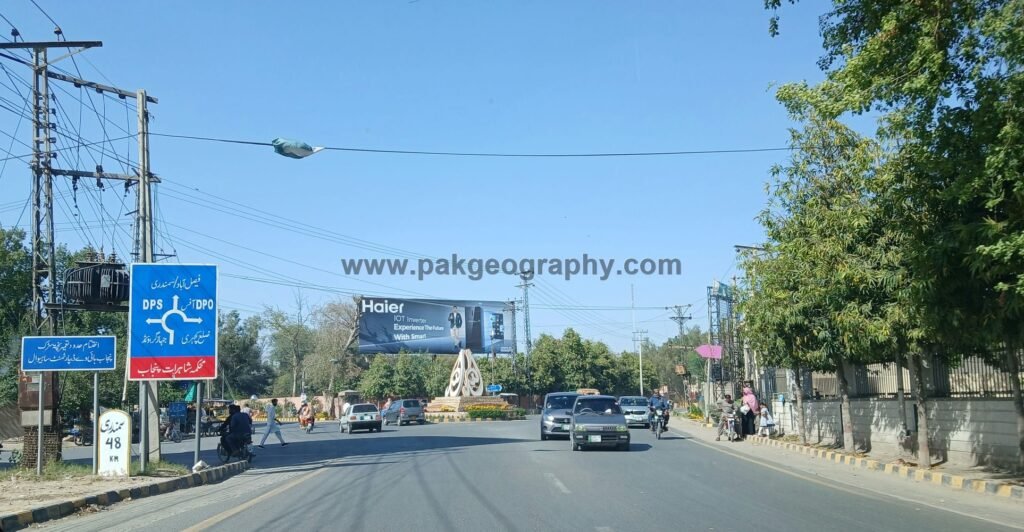




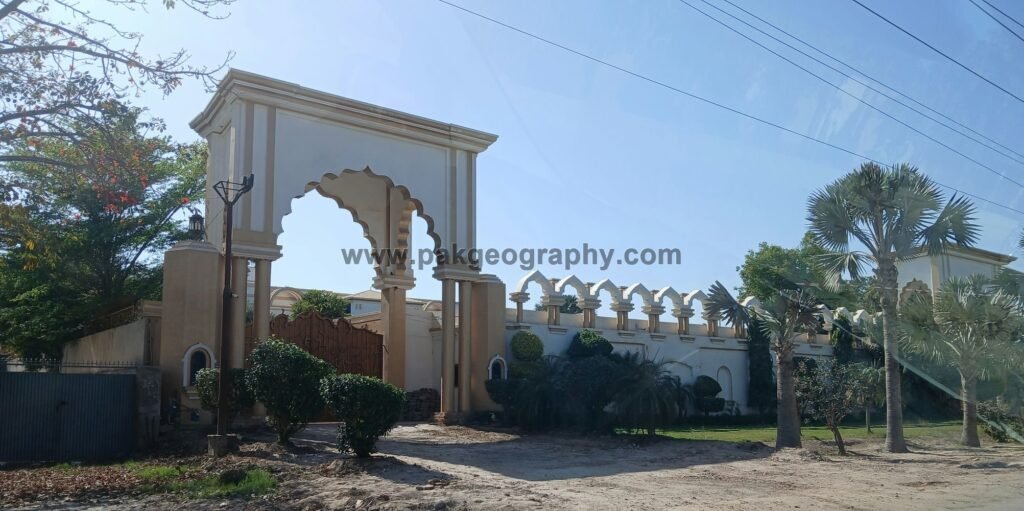
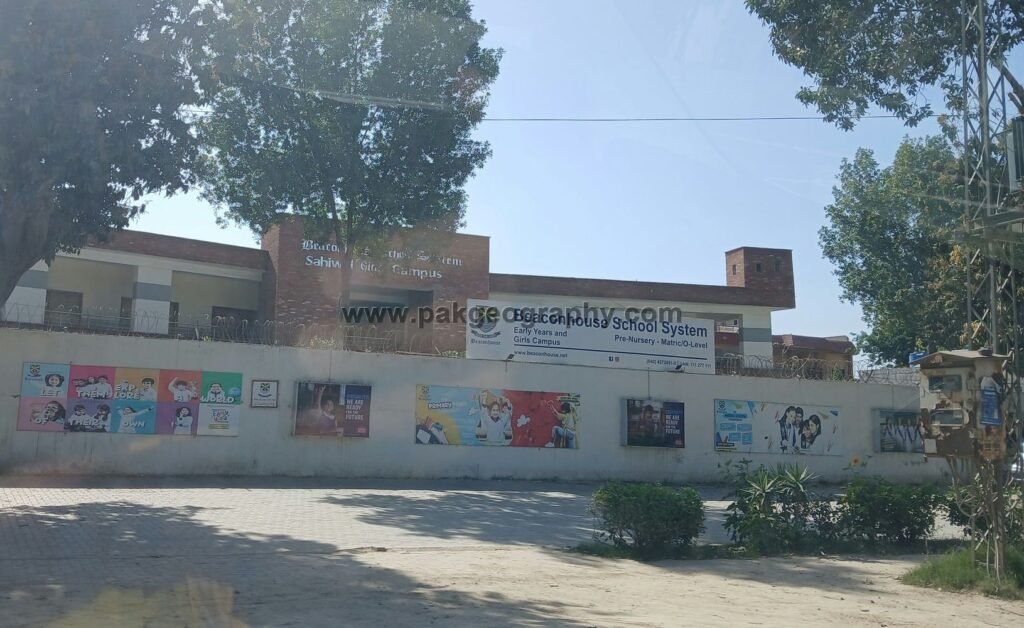


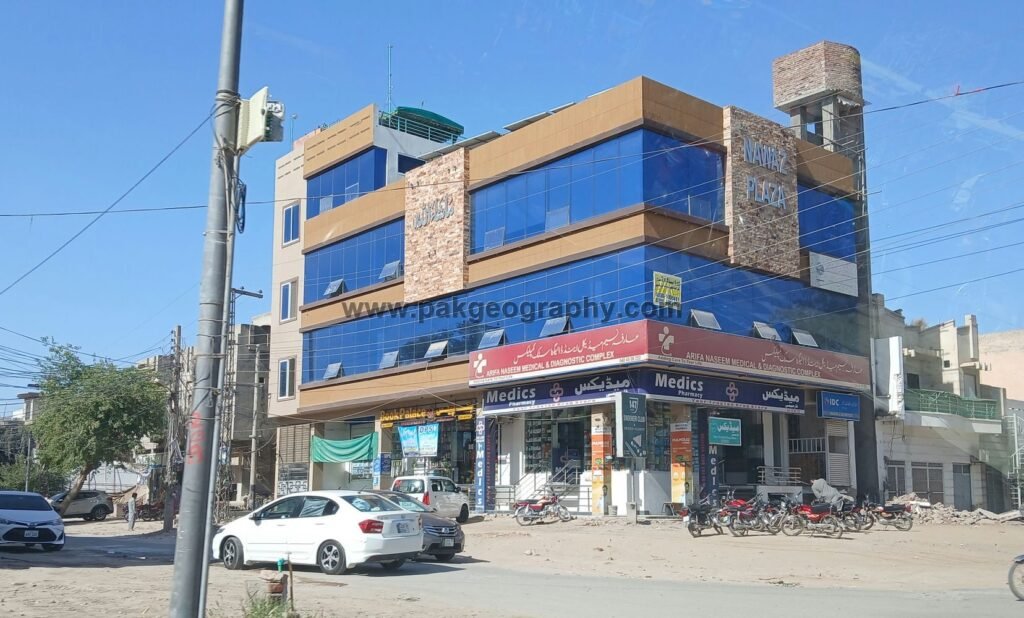
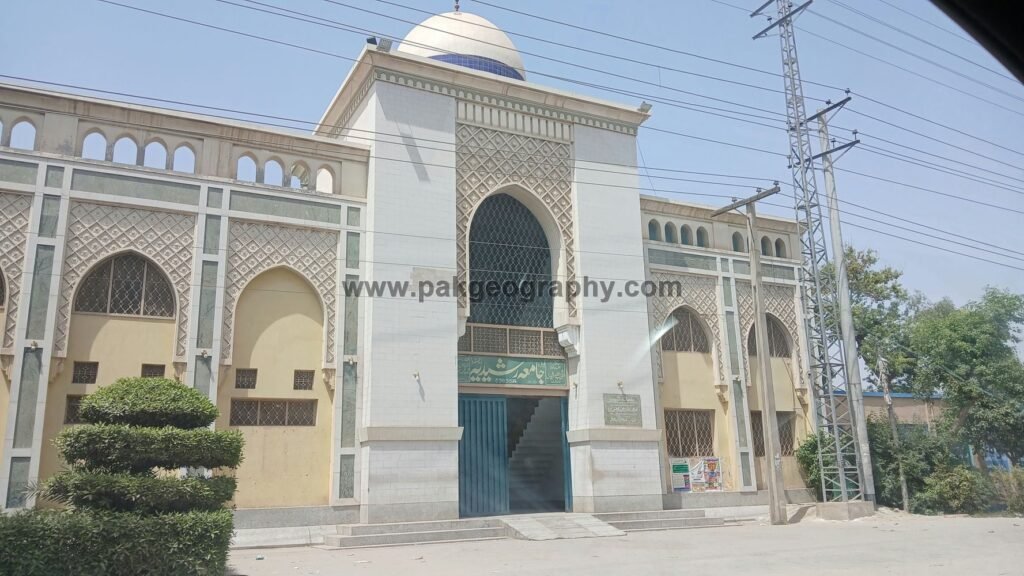




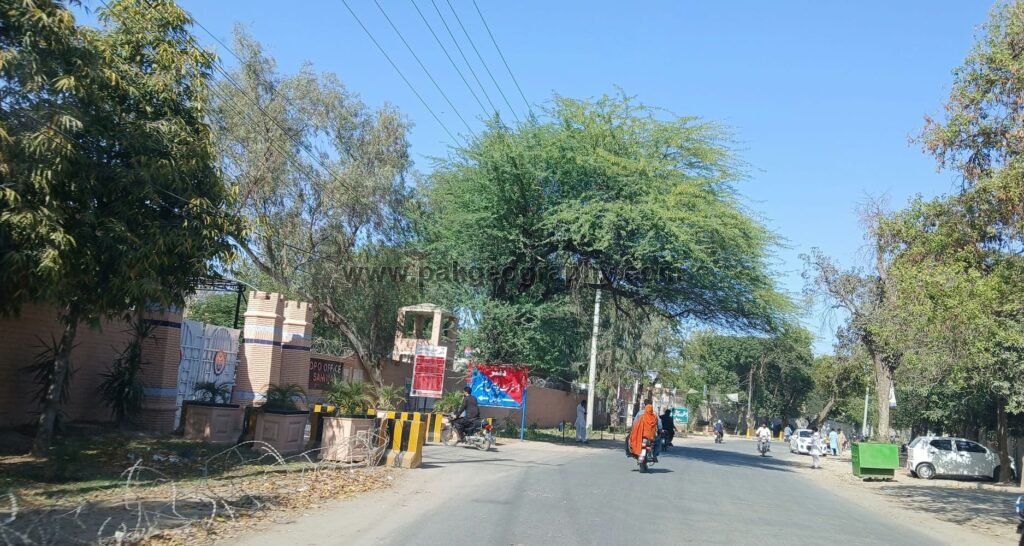
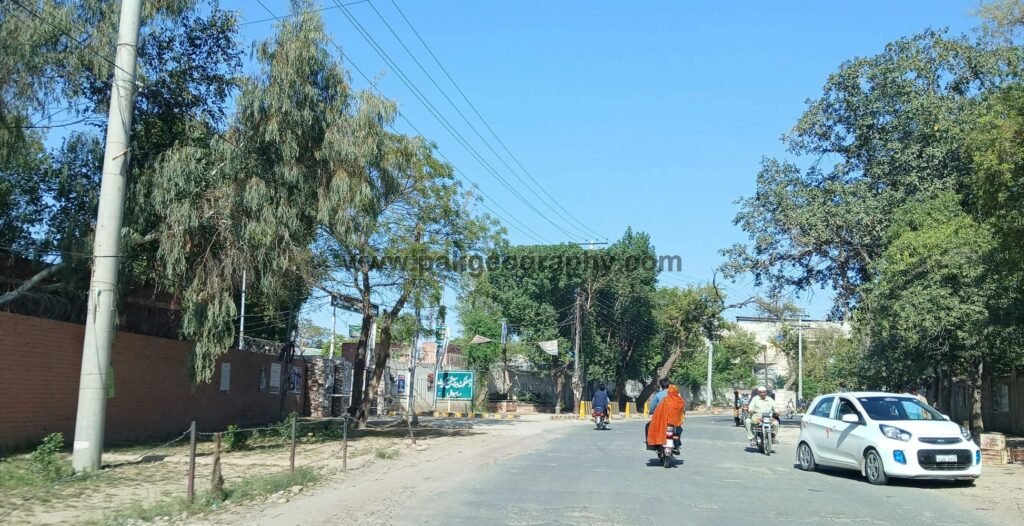




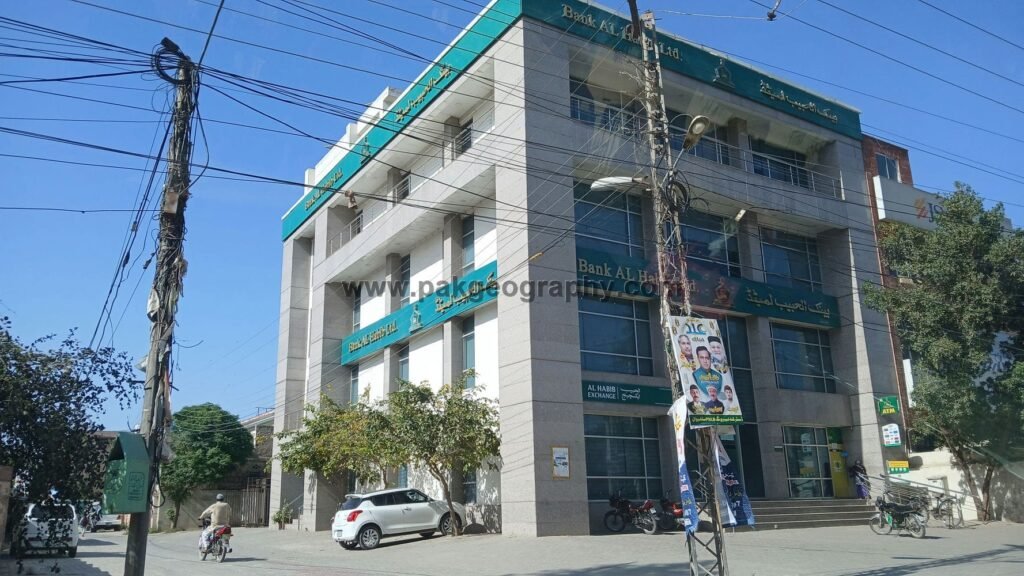






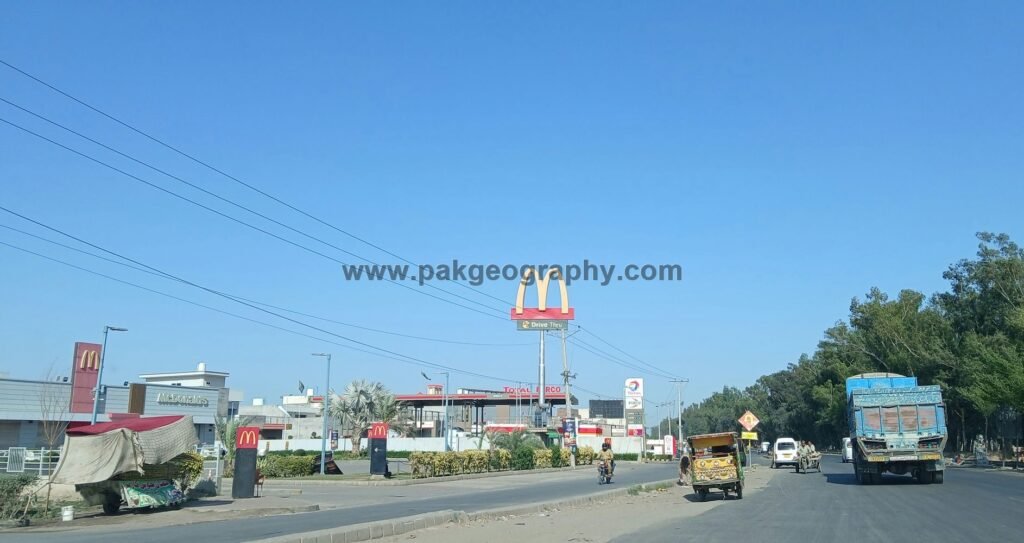



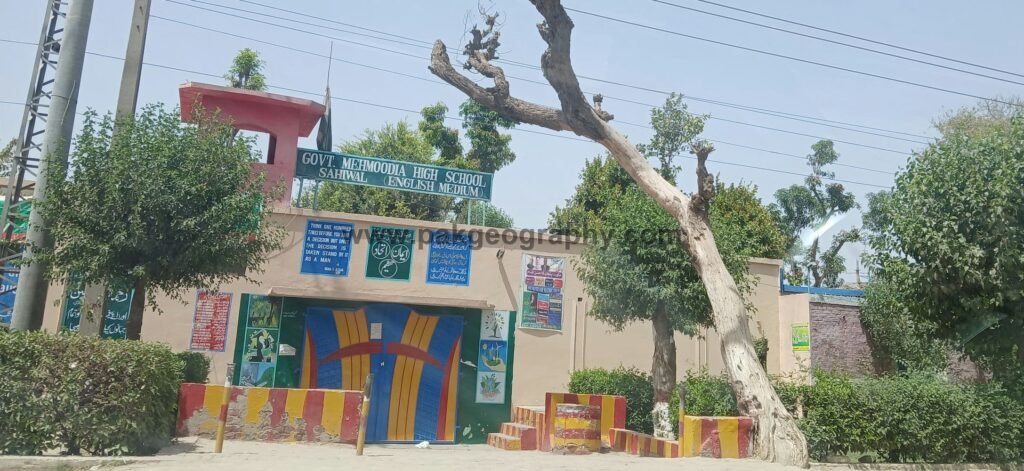

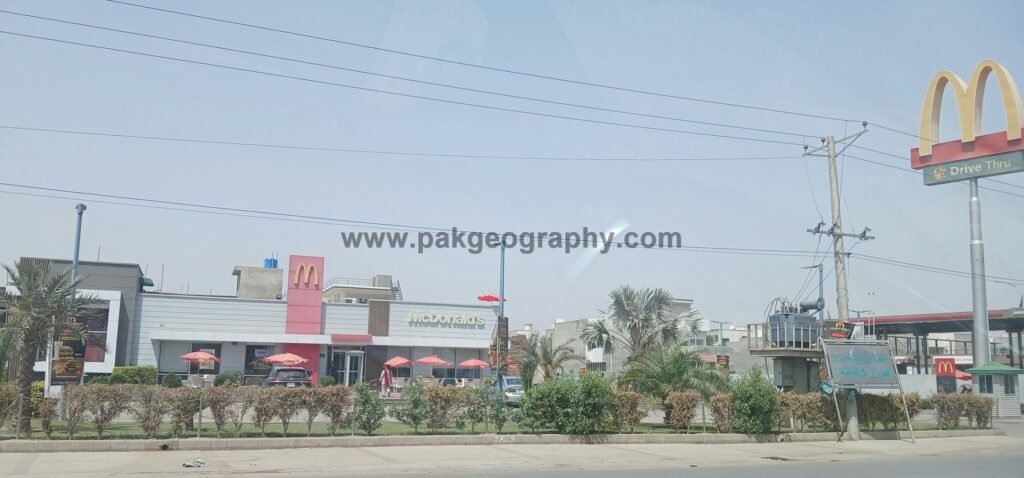
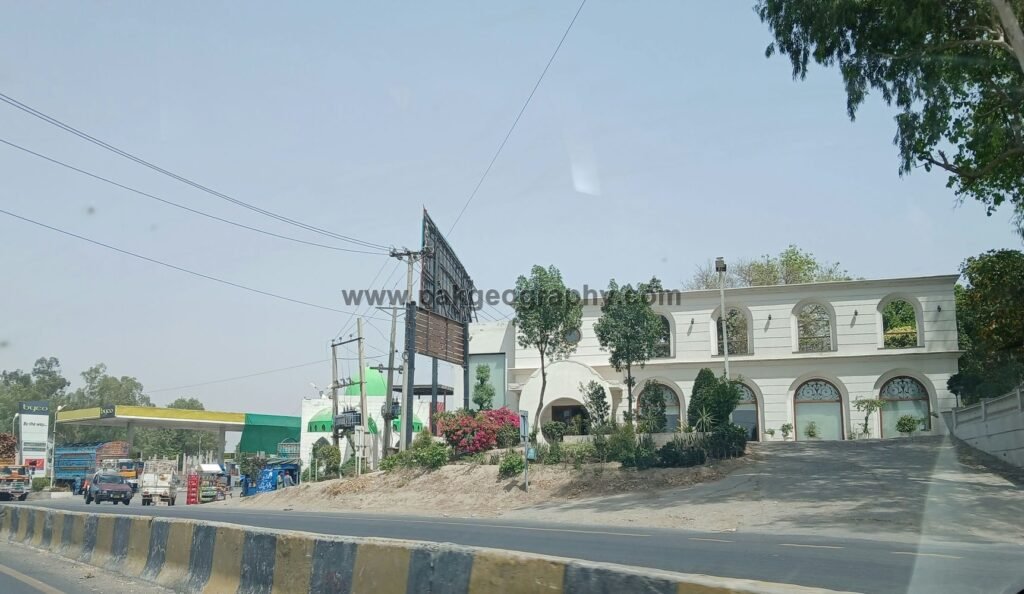

Population & Literacy rate of Sahiwal
As per the 2023 census, Sahiwal city has a population of 538,344, making it the 19th largest city in Pakistan, while the district has a total population of 2,881,811. The urban population accounts for 757,631 individuals, while the rural population stands at 2,124,180. The literacy rate is 64.77%, with male literacy at 71.06% and female literacy at 58.29%. 4 5
Tehsils of Sahiwal District
This district has been divided into following two tehsils:
- Tehsil Sahiwal
- Tehsil Chichawatni
Language and Religion
Punjabi is the predominant language, spoken by 96.95% of the population, followed by Urdu at 2.28%. Islam is the major religion, practiced by 97.54% of the population, with Christianity being the second-largest at 2.41%. Here is the list of most spoken languages of this district;
| Language | Number of People who speak this language |
| Punjabi | 2,790,216 |
| Urdu | 65,700 |
| Pashto | 14,073 |
| Sindhi | 4,716 |
| Saraiki | 729 |
Coal Power Project
The Sahiwal Coal Power Project is one of Pakistan’s most significant energy projects, located near Qadirabad village. Completed in a record time, the project was inaugurated in 2017 and is part of the China-Pakistan Economic Corridor (CPEC) initiative. It consists of two 660-megawatt (MW) coal-fired power plants, with a total generation capacity of 1,320 MW.6
Harappa

Sahiwal city has historical significance dating back to ancient times, with the nearby site of Harappa just 24 kilometers west – being one of the major urban centers of the Indus Valley Civilization. Harappa is one of the most significant archaeological sites in South Asia. It was a major urban center of the Indus Valley Civilization, which thrived from around 2600 to 1900 BCE. The site was first identified in the 19th century, with major excavations beginning in the 1920s by Sir John Marshall and his team.
Excavations have uncovered thousands of artifacts, including pottery, tools, jewelry, seals, and figurines. Today, the Harappa Museum and ongoing archaeological efforts aim to preserve and educate the public about this ancient heritage. 7 8 9 10

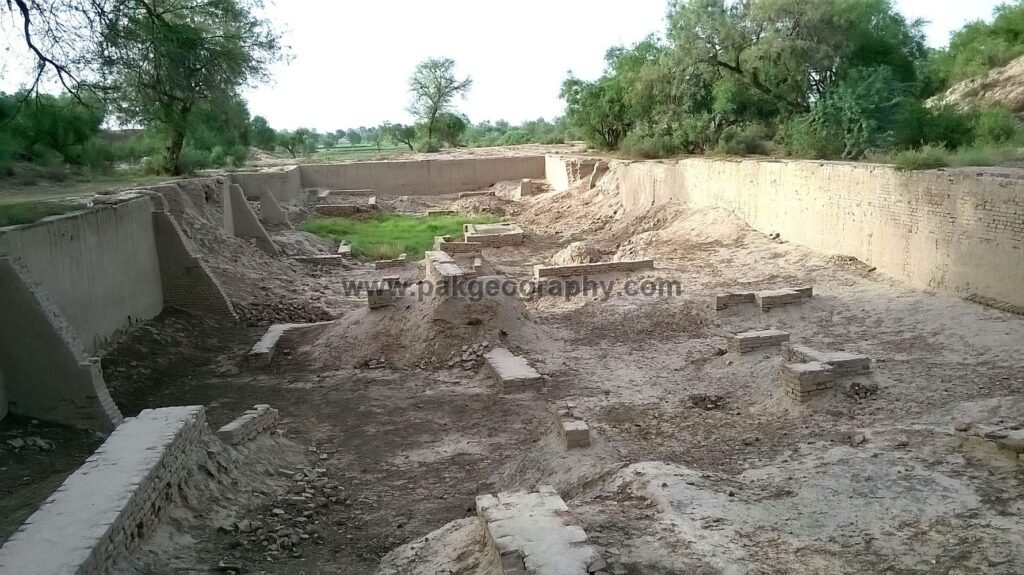

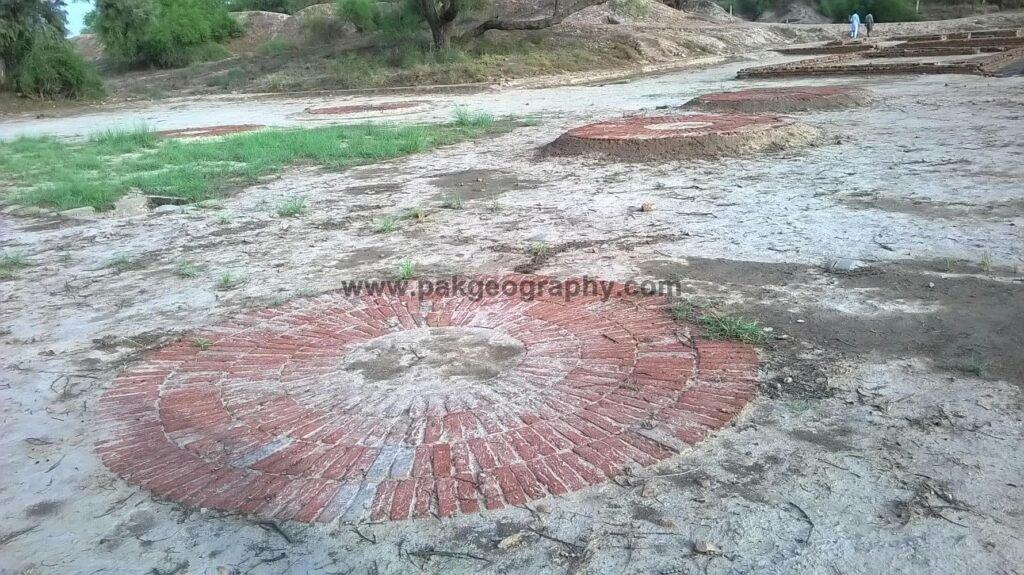




Sahiwal Gymkhana Club
The Gymkhana Club Sahiwal is located near Zafar Ali Stadium. It is a prominent social and recreational facility. It offers a variety of amenities, including tennis courts, cricket grounds, squash, swimming pool, banquet halls, and event spaces, serving as a hub for community gatherings and sports activities.
Famous Personalities of Sahiwal
- Tariq Aziz, renowned TV anchor
- Majeed Amjad, poet
- Mushtaq Ahmed, crickter
- Manzoor Elahi, crickter
- Dildar Pervez Bhatti, Radio and Television Host
Healthcare Facilities
Public and Private Hospitals
This city has various public and private hospitals:
- Sahiwal Teaching Hospital: This is the largest public healthcare facility in the region. It offers specialized services in cardiology, neurosurgery, emergency care, and internal medicine, serving thousands of patients daily.11
- Govt. Haji Abdul Qayyum DHQ Hospital: A historic 180-bed government hospital established before partition, it provides general medical and surgical services to the local population.
- Christian Hospital: Founded in 1915, this 200-bed private hospital is known for maternity care, surgery, and its accredited nursing school. It is one of the oldest healthcare institutions in the city. 12
- Sahiwal International Hospital: A modern private facility offering advanced diagnostics, outpatient consultations, and specialized care in gynecology, urology, and internal medicine.
- Al-Khidmat Hospital: Run by a charitable organization, this hospital provides affordable medical services, including general medicine, surgery, and laboratory facilities.
- Mid-City Hospital: A mid-sized private hospital providing emergency services, outpatient consultations, and general medical care.
Basic Health Units
Here is the list of BHU situated in Sahiwal sub-division/ tehsil:
| S. No | Name of BHU | Contact No |
| 1 | Chak Dadra Bala | 3116021917 |
| 2 | Chak Korey Shah Zahreen | 3008380063 |
| 3 | Chak Qutab Shahana | 3334906061 |
| 4 | Chak No 73/5-L | 3026666243 |
| 5 | Chak Mir Dad Maufi | 3217201030 |
| 6 | Chak No 71/5-L | 3443198744 |
| 7 | Chak No 64/4-R | 3226901133 |
| 8 | Chak No 91/6-R | 3336913010 |
| 9 | Chak No 92/6-R | 3486655218 |
| 10 | Chak No 99/6-R | 3239604980 |
| 11 | Chak Tibbi Jay Singh | 3248627794 |
| 12 | Chak No 65/5-L | 3056940004 |
| 13 | Chak No 73/4-R | 3006935477 |
| 14 | Chak No 78/5-L | 3170825553 |
| 15 | Chak No 81/5-R | 3006930284 |
| 16 | Chak No 87/6-R | 3054073457 |
| 17 | Chak No 89/6-R | 3200466480 |
| 18 | Chak No 50-GD | 3377094114 |
| 19 | Chak No 53/5-L | 3000420021 |
| 20 | Chak No 58-GD | 3000975157 |
| 21 | Chak No 59/5-L | 3356212216 |
| 22 | Chak No 61/4-R | 3036969065 |
| 23 | Chak No 62/4-R | 3064006851 |
| 24 | Chak No 128/9-L | 3316774851 |
| 25 | Chak No 129/9-L | 3454582130 |
| 26 | Chak No 132/9-L | 3126111825 |
| 27 | Chak No 145/9-L | 3126121122 |
| 28 | Chak No 150/9-L | 3334431160 |
| 29 | Chak No 153/9-L | 3227082202 |
| 30 | Chak No 1/10-L | 3024417077 |
| 31 | Chak No 100/9-L | 3350714799 |
| 32 | Chak No 104/7-R | 3038254630 |
| 33 | Chak No 114/9-L | 3018370707 |
| 34 | Chak No 119/9-L | 3017293619 |
| 35 | Chak Asad Ullah Pur | 3347670525 |
Rural Towns and Villages
According to the Pakistan Bureau of Statistics, the Sahiwal District comprises a total of 524 villages, including rural towns and settlements. Based on data from the 2017 national census, approximately 20.52 percent of the district’s population resides in urban areas, such as the cities and municipal towns. In contrast, the majority—around 79.48 percent—of the population lives in rural regions, including villages, small towns, and agricultural settlements spread across the district.
Sahiwal Cows
The Sahiwal cow is one of the finest dairy cattle breeds originating from this district. Known for its excellent milk production and adaptability, the this breed is highly valued both locally and internationally. These cows are medium to large in size, with a reddish-brown coat, loose skin, and a distinctive hump.
Sahiwal Railway Station
Sahiwal Railway Station, situated in the heart of city, is a key stop on Pakistan’s Karachi–Peshawar Railway Line. Originally constructed during the British colonial era, the station underwent significant redevelopment in 2016, with a budget of Rs221 million allocated for its modernization. The new building was inaugurated in 2018 by then-Railway Minister Khawaja Saad Rafique. Today, the station features modern facilities and serves as a vital transportation hub, connecting this city to major cities across Pakistan. It plays a crucial role in facilitating passenger and freight movement. 13
Education
This city is home to several reputable higher education institutions that cater to a wide range of academic and professional disciplines. Below is an overview of some of the most prominent institutions in the district:
- University of Sahiwal (UoS)
- COMSATS University Islamabad – Sahiwal Campus
- Government College of Technology (GCT)
- Sahiwal Medical College
- Barani Institute of Sciences
- Government Post Graduate College
Jails and Correctional Facilities
Central Jail Sahiwal, established in 1873, is one of the oldest and largest prisons in Asia by area. It has a capacity for 1,565 inmates and is known for its prison industries, including jute manufacturing, blanket weaving, and carpet knitting, which provide vocational training to prisoners. The jail also features the Faiz Ahmed Faiz Ward14, commemorating the renowned poet’s imprisonment there.
High Security Prison Sahiwal, is operational since 2015. Built on 98 acres at a cost of approximately Rs. 930 million, it accommodates up to 1,044 inmates, primarily high-profile prisoners convicted of terrorism and sabotage. The facility boasts modern security features, including an automatic locking system and a design comprising 70% individual cells and 30% barracks.
Zafar Ali Stadium
Zafar Ali Stadium is was established in 1955, it is a multi-purpose sports venue with a seating capacity of 10,000 spectators. Formerly known as Sahiwal Stadium, it was renamed in honor of Sheikh Zafar Ali Khan15, the founder of Pakistan Olympic Association. It hosted First-Class and List A cricket matches between 1955 and 1995.
Parks and Recreational Facilities
The city has several parks that provide residents with recreational spaces and natural beauty. Kanaan Park, situated near the Yadgar monument and adjacent to the canal, is among the city’s most popular spots. It features a well-maintained zoo housing various animals and birds, making it an ideal destination for families seeking a peaceful picnic spot. Other notable parks include Faridia Park, Tanki Wala Park, and Public Park, each offering green spaces for relaxation and community gatherings.
Irrigation and Agriculture
The district relies heavily on a sophisticated canal irrigation system, particularly the Bari Doab Canal system, to support its diverse agricultural production. The district’s fertile land and the irrigation network allow for the cultivation of a wide range of crops, including wheat, cotton, sugarcane, and other legumes and oilseeds.
The primary canal that passes through Sahiwal district is the Lower Bari Doab Canal (LBDC). This canal originates from the Balloki Barrage on the Ravi River.It was constructed between 1906 and 1913 and became operational in 1922. It serves a gross area of 740,358 hectares (1,830,245 acres) and irrigates a cultivable command area of 1,669,609 acres in Punjab, Pakistan. 16 17
Sources:
- Sahiwal History- Punjab.gov.pk ↩︎
- Britannica Encyclopedia ↩︎
- Area & Population – pbs.gov.pk ↩︎
- Literacy rate of district – Pakistan Bureau of statistics ↩︎
- Population of district – Pakistan bureau of statistics ↩︎
- CPEC-Sahiwal coal power plant ↩︎
- Indus Valley Civilization- Britannica Encyclopedia ↩︎
- History of Harappa- Harappa.com ↩︎
- Archaeologist of the Month: John Marshall ↩︎
- Harappa history & facts – Punjab.gov.pk ↩︎
- Sahiwal Teaching Hospital ↩︎
- Christian hospital ↩︎
- Reconstruction of Sahiwal Railway station – Dawn.com ↩︎
- Faiz Ahmed Faiz Ward – Dawn.com ↩︎
- Zafar Aki Stadium – Important places of Sahiwal ↩︎
- Asian Development Bank – LBDC project ↩︎
- Researchgate – LBDC irrigation system ↩︎
